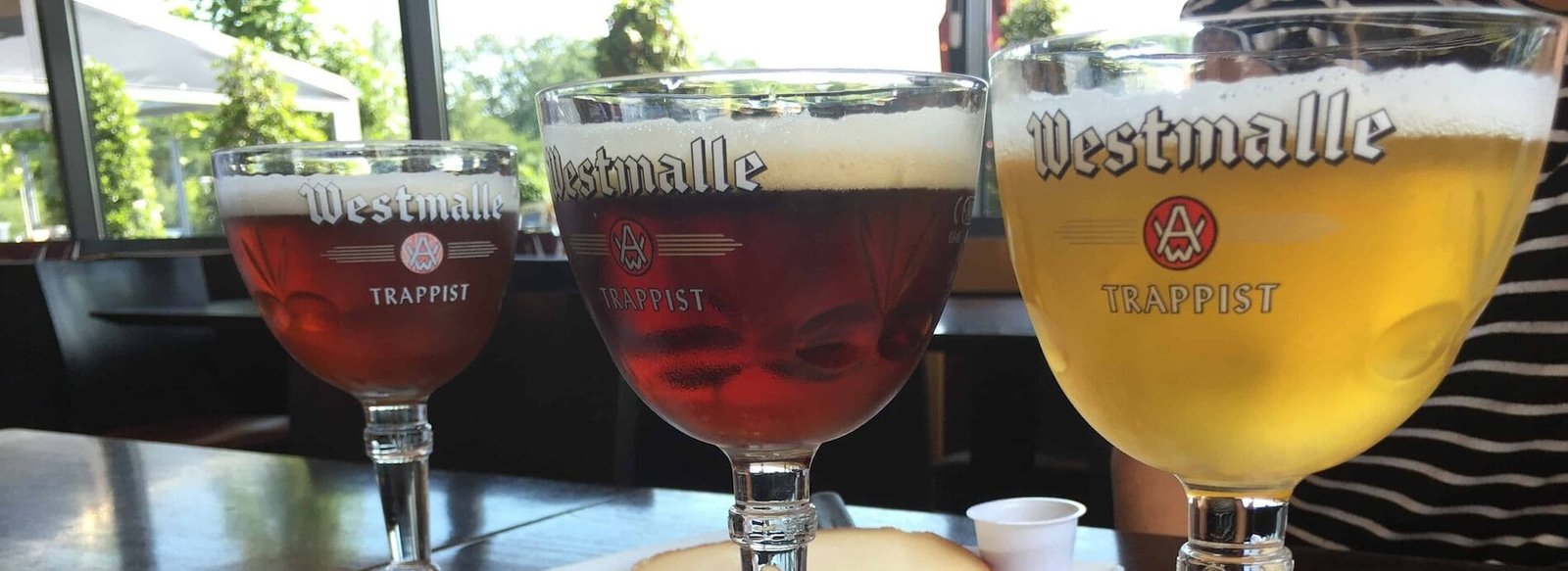Homebrewing is an art that combines science, creativity, and a passion for craft beer. For many enthusiasts, the journey begins with small batches brewed in a kitchen or garage, often using basic equipment and a few simple ingredients. However, as skills improve and passion grows, the desire to scale production often arises. Transitioning from small batch homebrewing to larger-scale Belgian beer production can be a rewarding yet challenging endeavor. This article will explore the essential steps and considerations involved in scaling your homebrew operation, focusing on maintaining quality and flavor while increasing production capacity.
Understanding the Basics of Belgian Beer
Before embarking on the journey to scale your brewing operation, it’s crucial to have a solid understanding of Belgian beer styles. Belgian beers are renowned for their complex flavors, diverse yeast strains, and unique brewing techniques. Common styles include Belgian Dubbel, Tripel, Quadrupel, and Witbier, each with distinct characteristics.
Familiarizing yourself with these styles will help you identify which ones you want to produce on a larger scale. Additionally, consider the ingredients that define these beers, such as Belgian malts, specific hops, and unique yeast strains. Understanding these components will be critical as you transition to larger batches.
Assessing Your Current Setup
Before scaling up, evaluate your current brewing setup. Most homebrewers start with a few gallons of equipment, which may include a kettle, fermenter, and basic temperature control. When moving to larger production, you’ll need to consider several factors:
1. Equipment Upgrades: Larger batches require larger vessels. Consider investing in a bigger brew kettle, fermenters, and possibly a dedicated cooling system. Stainless steel equipment is often preferred for its durability and ease of cleaning.
2. Space Considerations: Ensure you have adequate space for larger equipment and the brewing process itself. This may involve reorganizing your brewing area or even relocating to a larger space.
3. Water Supply: Scaling up means you’ll need more water for brewing, cleaning, and sanitizing. Assess your water supply and consider investing in a filtration system to ensure the quality of your brewing water.
Scaling Ingredients
When moving from small to larger batches, ingredient scaling is one of the most critical aspects. Here are some key considerations:
1. Malt and Grains: Calculate the amount of malt needed for your desired batch size. Keep in mind that larger batches may require slight adjustments in the grain bill to maintain the same flavor profile. Conduct test brews to ensure the balance remains intact.
2. Hops: Hops can be tricky when scaling. The utilization rates can change with larger volumes, so it’s essential to recalculate your hop additions. You may also want to experiment with different hop varieties to see how they interact in larger volumes.
3. Yeast: Yeast plays a pivotal role in Belgian beer production. Scaling up means you’ll need to pitch an adequate amount of yeast to ensure proper fermentation. Consider using a yeast starter or even a yeast propagation system to maintain healthy yeast populations.
Fermentation Control
Fermentation is a critical phase in brewing, and maintaining control over this process becomes even more important as you scale. Here are some strategies to consider:
1. Temperature Control: Belgian yeast strains often thrive at warmer temperatures, but maintaining a consistent fermentation temperature is crucial to avoid off-flavors. Invest in temperature-controlled fermentation chambers or use temperature control wraps to ensure your yeast performs optimally.
2. Fermentation Time: Larger batches may require longer fermentation times due to the increased volume. Monitor the fermentation closely and take gravity readings to determine when fermentation is complete.
3. Oxygen Management: Oxygen exposure can lead to off-flavors and spoilage. Ensure that your transfer methods minimize oxygen contact, and consider using CO2 to blanket your fermenters during transfers.
Quality Control and Testing
As you scale up production, implementing quality control measures becomes essential. Here are some practices to consider:
1. Batch Consistency: Keep detailed records of each brew, including ingredient amounts, fermentation temperatures, and any adjustments made. This documentation will help you replicate successful batches and identify areas for improvement.
2. Sensory Evaluation: Conduct regular tastings of your beer at different stages of production. This will help you identify any off-flavors early on and make necessary adjustments.
3. Lab Testing: If possible, consider sending samples to a lab for analysis. Testing for alcohol content, pH levels, and microbial contamination can provide valuable insights into your brewing process.
Scaling Distribution and Marketing
Once you’ve successfully scaled your brewing operation, the next step is distribution. This involves not only getting your product into the hands of consumers but also effectively marketing your brand. Here are some strategies to consider:
1. Local Markets: Start by targeting local bars, restaurants, and craft beer shops. Building relationships with local businesses can help you establish a loyal customer base.
2. Branding: Develop a strong brand identity that reflects the unique characteristics of your Belgian beers. This includes designing eye-catching labels, creating a compelling story, and establishing a presence on social media.
3. Events and Festivals: Participating in local beer festivals and events can help you showcase your products and connect with potential customers. Consider hosting tastings or brewery tours to engage with your audience.
Navigating Legal and Regulatory Requirements
Scaling your homebrew operation often involves navigating a complex landscape of legal and regulatory requirements. Here are some key considerations:
1. Licensing: Research the licensing requirements in your area for brewing and selling beer. This may include federal, state, and local permits. The process can be lengthy, so start early.
2. Labeling Regulations: Ensure that your labels comply with regulations regarding alcohol content, ingredients, and health warnings. Familiarize yourself with the Alcohol and Tobacco Tax and Trade Bureau (TTB) guidelines.
3. Health and Safety: As your operation grows, prioritize health and safety standards. This includes maintaining a clean brewing environment, proper sanitation practices, and employee training if you hire staff.
Embracing Continuous Learning
The journey from small batch homebrewing to larger Belgian beer production is filled with challenges and opportunities for growth. Embrace a mindset of continuous learning and improvement. Attend workshops, join brewing clubs, and connect with other brewers to share knowledge and experiences.
Experimentation is also key. Don’t be afraid to try new recipes, techniques, and ingredients. The brewing community is rich with innovation, and staying engaged will help you refine your craft.
Scaling Your Homebrew: Going from Small Batch to Larger Belgian Beer Production
Scaling your homebrew operation to produce larger batches of Belgian beer is an exciting venture that requires careful planning, attention to detail, and a commitment to quality. By understanding the fundamentals of Belgian beer, upgrading your equipment, managing fermentation, implementing quality control measures, and navigating legal requirements, you can successfully transition from small batch brewing to a larger production scale.
As you embark on this journey, remember to stay true to your passion for brewing. Each batch is an opportunity to express your creativity and share your love for craft beer with others. With dedication and perseverance, you can create exceptional Belgian beers that resonate with consumers and contribute to the vibrant world of craft brewing.

